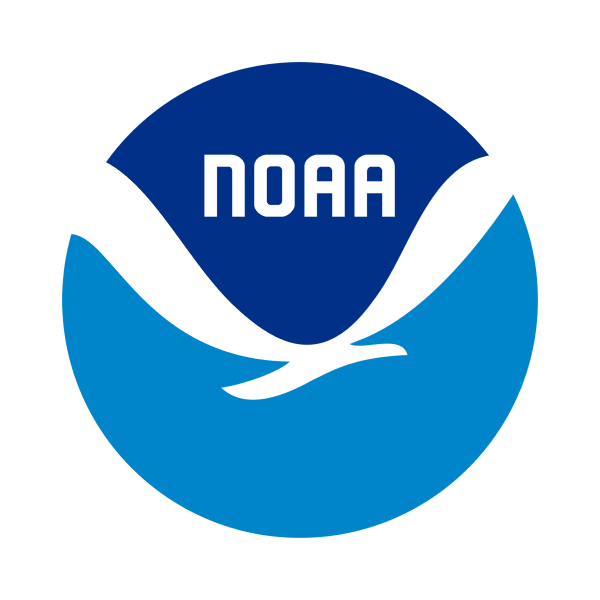An introductory lesson using discussion, vocabulary, and critical thinking activities to understand land- and ocean-based sources of marine debris. Students will practice that understanding in an activity where they will use cards representing Ocean …
Last updated 16 May, 2024
Students will begin to understand the impact marine debris has on their own comunities and lives. Talking Trash and Taking Action was developed as a means to educate the next generation about ocean trash and, most importantly, how we all can prevent it. …
Last updated 16 May, 2024
Using cards to represent each type of debris identified on the Ocean Concervancy's list of items found during cleanups, students will discuss each debris type and arrange themselves in order of most commonly found. (Debris Deck cards included.) Talking …
Last updated 16 May, 2024
Trash Tale is a fill-in the blank, "Mad Libs"-style activity telling the story of a piece of trash that ends up in the environment and what happens to it along the way. Talking Trash and Taking Action was developed as a means to educate the next …
Last updated 13 May, 2024
Students will draw connections between land-based debris and its travel to the ocean through exploration and understanding of watersheds. Through these activities, students will: Use watershed maps to trace the path of trash from chosen locations through …
Last updated 16 May, 2024
Students will find creative new uses for common debris items like bottle caps. Talking Trash and Taking Action was developed as a means to educate the next generation about ocean trash and, most importantly, how we all can prevent it. Created through an …
Last updated 16 May, 2024
Students will pick out the hidden images of marine debris amid a graphic of a beach scene. Talking Trash and Taking Action was developed as a means to educate the next generation about ocean trash and, most importantly, how we all can prevent it. Created …
Last updated 16 May, 2024
Students use photographs of regurgitated albatross boluses to perform a “virtual dissection” and analysis, comparing the amounts of prey and non-prey items found in several boluses. They then use what they have learned to create a model of a bolus, with …
Last updated 16 May, 2024
In this activity, students explore contents of ‘beach boxes’ in groups at tables, sorting contents into “marine debris”, “NOT marine debris” and “not sure”. This activity is available for Grades 4-5, 6-8, and 9-12, within the "Composition and Abundance" …
Last updated 16 May, 2024
Students learn about community organizations and what actions they are taking to reduce marine debris. Students then can organize a cleanup of the school campus, a local waterway or beach, or join another community cleanup project. This activity is …
Last updated 16 May, 2024
In this lesson, students follow a scientific data collection procedure to collect and analyze debris at their school campus. They compare their results to a larger existing marine debris database in California, and make connections between campus debris …
Last updated 16 May, 2024
This activity will serve as a catalyst for students to derive connections between their actions and the impact on the environment. Students will observe marine debris from around the world, collect their own trash data around school, and use technology to …
Last updated 16 May, 2024
Students perform an experiment to learn how different types of debris break down over time and how they are their degradation is affected by environmental conditions. This activity is available for Grades 6-8 and 9-12, within the "Composition and …
Last updated 16 May, 2024
This interdisciplinary lesson centers around a storybook and three related classroom activities. In the story, three children work together to learn about surface currents and the seafaring history of a plastic duck found on a beach. Students engage in …
Last updated 16 May, 2024
Student "Green Teams" analyze school waste, work with school and community partners to reduce, reuse and recycle materials, and set goals to make a difference locally and globally. This activity is available for Grades 4-5, 6-8, and 9-12, within the …
Last updated 16 May, 2024
 An official website of the United States government.
An official website of the United States government. 